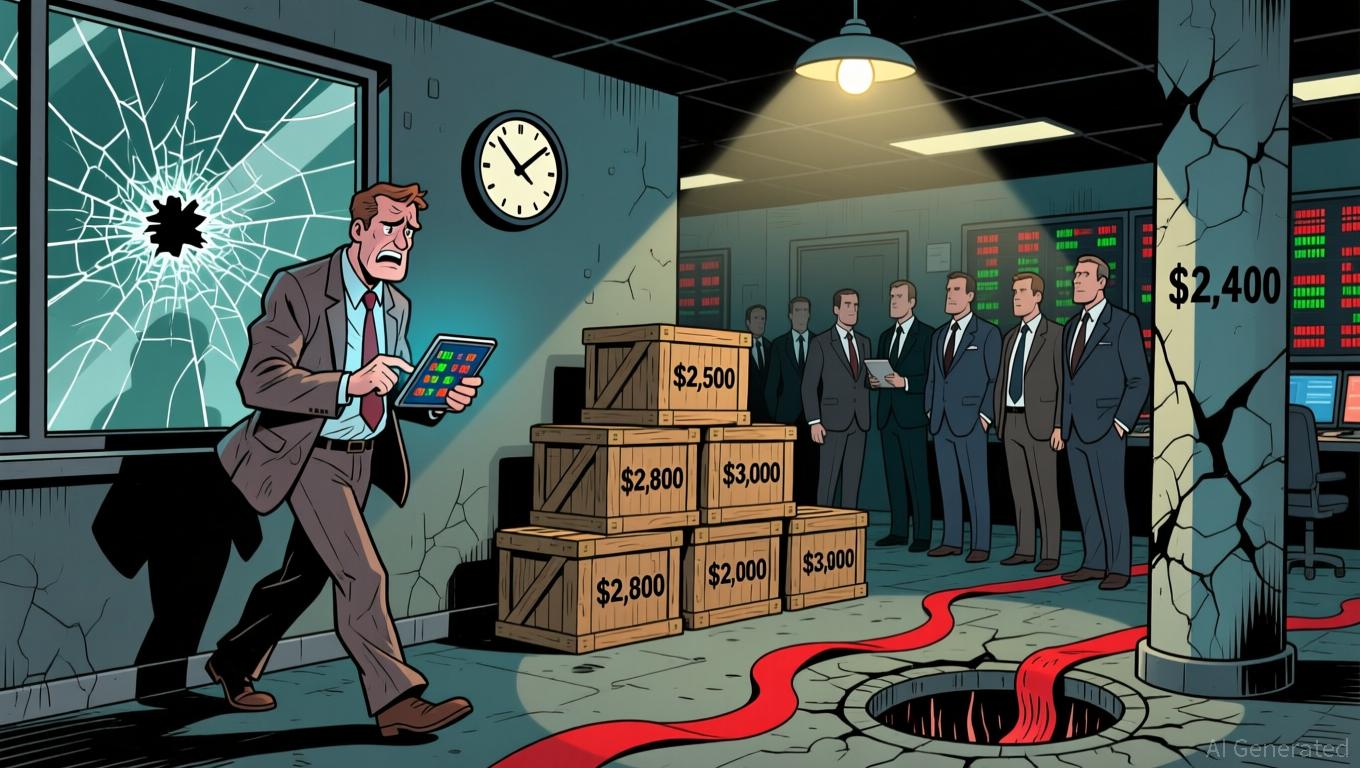Singapore Is Testing the Future of Banking
Singapore isn’t just talking about digital finance anymore. It’s moving. The Monetary Authority of Singapore has kicked off a major trial that pushes tokenization out of the lab and into the real world. This new experiment brings together tokenized MAS bills and central bank digital currency settlement. In simple terms, Singapore is setting up the rails for a future where traditional finance and blockchain finally work side by side.
Tokenized MAS Bills: What’s Actually Happening?
The central bank is preparing a pilot where MAS bills will be issued in tokenized form to primary dealers. These transactions will settle using wholesale CBDC. Details will come next year, but the direction is clear: Singapore wants to turn old-school financial instruments into programmable digital assets without breaking trust, stability, or regulation.

MAS Managing Director Chia Der Jiun made it clear during his FinTech Festival speech that tokenization is no longer stuck in experimentation mode. It’s already powering commercial activity. The only missing piece is scale, and that’s exactly what these trials are designed to unlock.
Why Tokenization Matters Now
What this really means is that the benefits of tokenized finance are finally becoming practical. Chia highlighted the big advantages: around-the-clock settlement, fewer intermediaries, faster collateral movement, and more efficient financial plumbing overall. But he didn’t sugarcoat it. The industry still has to clear structural hurdles before this becomes mainstream.
Three major banks — DBS, OCBC, and UOB — have already completed interbank overnight lending using the Singapore dollar wholesale CBDC. Singapore clearly wants to prove that tokenized finance can work safely at scale when backed by trusted settlement assets.
Stablecoin Rules: Singapore Draws a Hard Line
Chia also turned to stablecoin regulation, pointing out that MAS has already finalised its framework and is preparing legislation. The focus is simple: strong reserves and reliable redemption. Under the Payment Services Act, stablecoins are classified as digital payment tokens, and Singapore’s 2023 guidelines lay out strict rules for single-currency stablecoins pegged to the SGD, USD, EUR, and other major currencies.
Chia didn’t mince words about unregulated stablecoins. Their shaky track record in maintaining their peg can trigger panic similar to the 2008 failures when money market funds slipped under a dollar. Singapore’s stance is clear: only well-backed, tightly regulated stablecoins will be allowed to operate.
BLOOM Initiative: The Next Step Forward
To keep the momentum going, MAS has rolled out the BLOOM initiative. This program supports industry experiments using tokenized bank liabilities and regulated stablecoins for settlement. It’s Singapore’s way of pushing innovation while keeping control of the risks.
Singapore is positioning itself as the global testbed for responsible tokenized finance. Tokenized MAS bills, wholesale CBDC settlement, and strict stablecoin rules all point in the same direction: a future where blockchain-based finance isn’t a novelty but an everyday tool for global markets.
Disclaimer: The content of this article solely reflects the author's opinion and does not represent the platform in any capacity. This article is not intended to serve as a reference for making investment decisions.
You may also like
Ethereum Updates: Ethereum Drops to $2,800, Prompting Surge in Demand for ZKP's Hardware-Based Presale
- Ethereum's price fell below $2,800, triggering $6.5M liquidations and testing critical support levels amid declining on-chain demand metrics. - Institutional players like BitMine accumulated 3.62M ETH (~$10.4B) despite the selloff, signaling long-term bullish conviction. - ZKP's hardware-driven presale gained traction with $17M in ready-to-ship Proof Pods and Miami Dolphins partnership for privacy-focused sports analytics. - Mutuum Finance's $19M DeFi presale and ZKP's auction model with $50K wallet caps

Vitalik Buterin Supports ZKsync: What This Means for Layer 2 Scaling
- Vitalik Buterin endorsed ZKsync in late 2025, highlighting its "underrated and valuable" work alongside the Atlas upgrade achieving 15,000 TPS and $0.0001 fees. - ZKsync's zero-knowledge rollups and EVM compatibility enabled institutional adoption by Deutsche Bank , Sony , and Goldman Sachs for cross-chain and enterprise use cases. - The Fusaka upgrade aims to double throughput to 30,000 TPS by December 2025, positioning ZKsync to compete with Polygon zkEVM and StarkNet in Ethereum's Layer 2 landscape. -

The ZK Atlas Enhancement: Revolutionizing Blockchain Scalability?
- ZKsync's 2025 Atlas Upgrade achieves 15,000–43,000 TPS with sub-1-second finality, addressing Ethereum L2 scalability bottlenecks via Airbender proofs and modular OS. - DeFi protocols like Aave and Lido leverage ZKsync's $0.0001/tx costs to unify liquidity, while Deutsche Bank and Sony adopt its trustless cross-chain infrastructure for compliance and transparency. - ZK token surged 150% post-upgrade, with TVL hitting $3.3B and analysts projecting 60.7% CAGR for ZK Layer-2 solutions by 2031 amid instituti

XRP News Update: XRP ETFs Spark Optimism—Is $1,115 Within Reach?
- XRP's price surge to $2.20 is driven by ETF launches, with $422M inflows from Franklin Templeton and Grayscale. - Technical indicators suggest a potential $2.50+ rally if support at $1.84 holds, with long-term forecasts reaching $26.50 by 2030. - Institutional adoption of Ripple's ODL and Ripple USD's $1B+ market cap highlight growing utility beyond remittances. - Regulatory clarity post-SEC ruling and macroeconomic factors remain critical for XRP's $1,115 potential in ultra-bullish scenarios.

